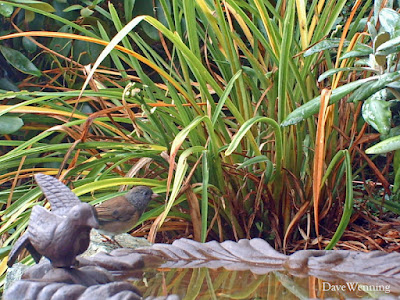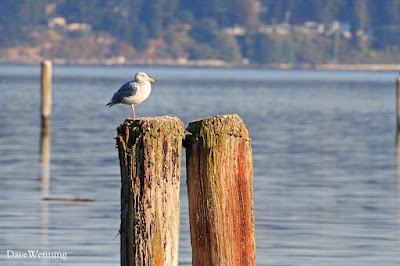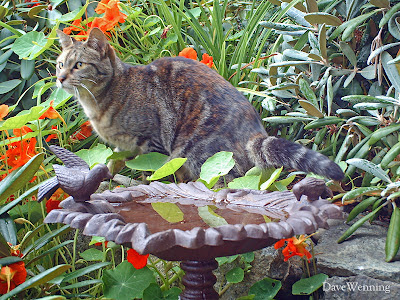First Junco

Like the swallows to Capistrano and the buzzards to Hinckley , the Dark-eyed Juncos return to South Fidalgo Island every fall. I caught this lone female bird at BirdCam-One this past week. While it is not my best BirdCam photo, the occasion of the first Junco's appearance is too important to pass up. Another chime of the cosmic clock has sounded. Over October, they will become one of our most abundant wintering birds. In March, they will begin their migration to breeding grounds at higher elevations. By the end of April, they will all be gone again. Meanwhile, this charming little sparrow will provide us a bit of warmth through the winter. Dark-eyed Junco (Oregon Junco) Junco hyemalis





